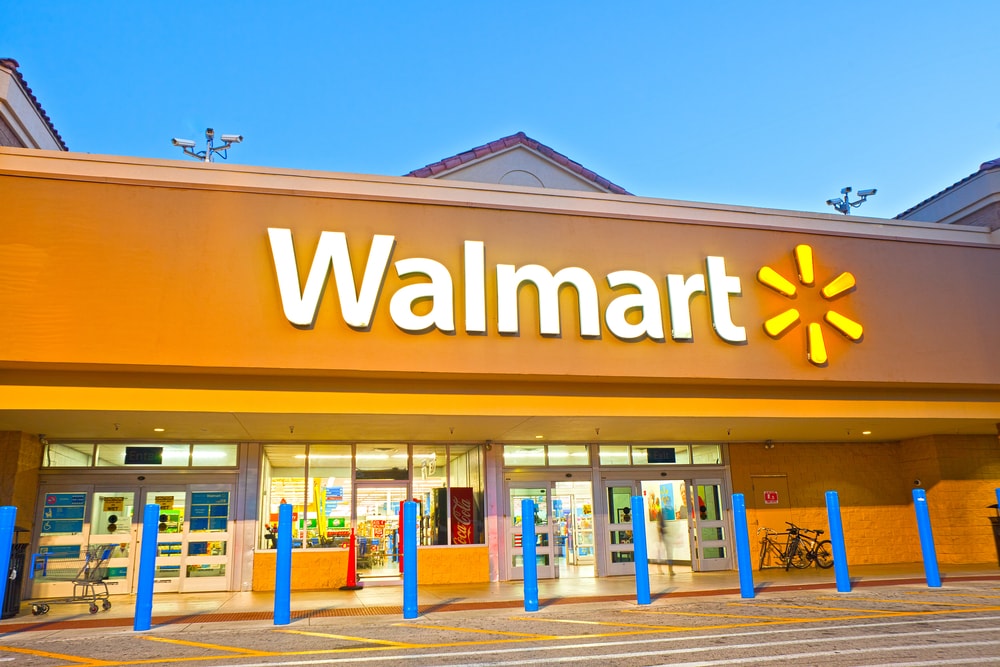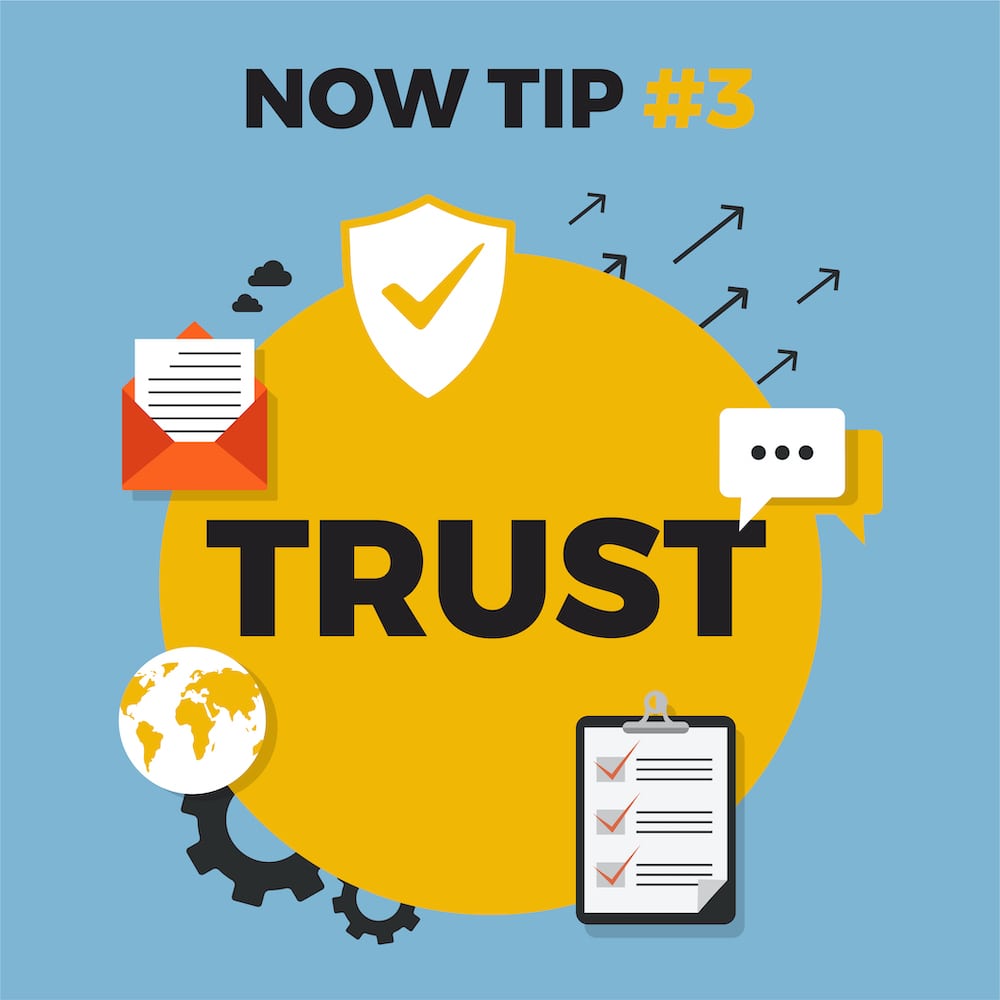I’ve been a professional marketer (MCIM) and a member of the oldest recognised marketing institute, the Chartered Institute Of Marketing (CIM) for almost 25 years now. The CIM is based in the UK and was founded in 1911 in London. The American Marketing Association saw its roots in the National Teachers of Advertising and formed a little later, 1915, in Chicago and became the AMA in 1937.
During the interwar years and post second world war, the rise of advertising, the television broadcast media and the marketing profession all ran in parallel with the rise of the “brands.” A term coined after the US cattle industry’s use of burn marks on the cattle to denote and differentiate cattle from each ranch. Some “brands” and the beef associated with those ranches were viewed as being better quality than others, so people shopping for steak asked the butcher for the “brand” and paid more for it. “Brands” began to matter in the minds of shoppers. At product and “manufactory” level Kraft, Lucky Strike, Coca Cola, Pears and Heinz were beginning to become nationally known “brands” in the US, though many never crossed all state borders until the latter part of the 1950s.
Whilst there were retailers of importance and scale during this time it wasn’t until the first “supermarkets” began appearing in key US cities, throughout the 1950s, that any true “retail brands” began to compete for shoppers attention. But only in a very minor way. The retailers relied on the brand owners for their consumer research, point of sale, promotional ideas and offers and strength of brand and new products to attract shoppers into their retail stores. If a retailer had a disagreement with a major brand, the retailer would lose the right to sell that brand, costing the retailer millions in lost revenue as thousands of shoppers would shop elsewhere for their favourite brand. Buyers in those days parked at the back of their own retail head office building and the manufacturer’s representatives parked their Cadillac’s at the front door. In the UK and Australia you can change the motorcar brands to Granadas and Fairlanes, but the same supplier buyer imbalance was still evident.
During the 1990s the true rise of the retail brands began. Around the world Walmart, Kroger, Tesco, Woolworths, Arhold, Aldi, LIDL, Coles, HEB, Safeway, and ASDA all began to adopt the same “brand building” principles that had built P&G, Phillip Morris and Unilever into powerhouses of emotional brand management, delivering consumer brand loyalty and almost bullet proof margin and pricing power.
On the back of these new stronger retail brands, came the rise of the retailer own brand. At first a low price, low quality option that never really competed with the strength of the manufacturers product and brand. But over time product quality, packaging and price all improved until one retailer, Costco had created almost the largest single product brand in the world. Kirkland. A brand that could, unlike any other brand before, transcend categories. Not just dominant in peanut butter OR carbonated soft drinks but both and more.
By the time we reach the early years of the 2000s the retail brand power is huge. Supported by massive data flows, a daily or weekly physical relationship with the shopper in store and a now a one on one pen pal relationship at home via loyalty programs, the retailer takes up more mind time than any brand manufacturer. And the days of the loyal brand consumer are ending, and the loyal shopper is now in the ascendancy.
So how has this happened? How is it that the highest paid marketers now work for retailers? The most innovative data and digital marketing comes from retailers? Retailers now launch more new products, and buy more broadcast and print media each year than any brand manufacturer.
Well I would humbly suggest that the funnel that delivers marketers to the top of their tree hasn’t changed to reflect this new order. Search for “Shopper” or “Shopper marketing” on the CIM website and there are NO results. Search for “Digital” and you will see 4 screens of results. I wrote an article saying that the world had changed and that marketers needed to understand the shopper, not the consumer, and was politely told that there was no real difference.
Here’s the thing. The greatest single challenge for any new brand or existing brand today is achieving and maintaining a shelf position in store to allow the shopper the choice of choosing you. The retailer is not the passive conduit to your consumer but your active competitor for that shopper in their store at that moment in time. A quarter of most categories are retail own brand. Some 80 per cent in some categories. Retailers control the message in the last six feet of the purchase process. With retailer providing free WiFi they can umbrella out manufacture brand messages for the whole duration of their time in store. Retailers have the largest and most active shopper databases and are able to model adjacencies and basket buddies in a way manufacturers simply can’t.
Few marketers even attend range reviews or present within retailers buying offices. Fewer still manage their brand’s communication with a knowledge of the major retailers marketing timetable or category strategy at hand. Why?
Paco Underhills “Why We Buy” is a best seller and is on the reading list of some US university marketing courses. Ken Barnett’s Mars Advertising, a business that thinks only about shoppers and works with manufacturers brands within the retailers buying and marketing offices in the US, is a prize that WPP and Omnicom will both one day fight over. Why? Because Mars Advertising has a seat at the table of both the major retailers and the largest CPG brands. They connect and understand the manufacturer brand and the shopper within the retail brand. They get Ying and Yang.
Here are some traits of some senior brand marketers that I believe highlight this disconnect, traits that were highly valued and instrumental in brand growth in the 90s when they were young brand managers…
- Are strategy biased not tactically minded.
- Are comfortable with consistency but not entertainment.
- Are singularly competitive and don’t play well with others.
- Are more comfortable reading research than experiencing shopping.
- Shopping and spending time out of the office and inside stores isn’t recognised or rewarded as part of annual internal performance review process
- Some marketing directors spend less than 1 day a year walking stores in their own markets but 7 days in Cannes at the annual advertising awards
But it’s not all bad news. Some manufacturers are building physical and pop up retail networks to learn about shoppers every day; think Nespresso. Apple built the most profitable retail store network in the world in less than a decade through thinking about and learning from the shopper every day. Steve Jobs had an Apple store built with the Apple head office in Cupertino so he could walk the store each day so he could see and “feel” for how the shopper would interact with new and existing Apple products. The luxury industry, Hermes, LV and Michael Kors owns half of its own distribution at retail and is able to manage the message, shopper experience and margin because of that investment. Retail ecommerce is valid to all manufacturers, whether directly owned and operated or via a pure online retail partner.
So what can we do, as senior marketers, to regain our relevance? What behavioural change do we need to embrace? And I include myself in that.
Well all of these “new” marketers have some common traits.
- They think about the shopper, not the consumer. The shopper is promiscuous, inquisitive and feels. The consumer is blindly loyal, closed minded and does as they’ve always done. I walk around 1,500 stores a year out of choice; I make time to do it. I meet with senior corporate retailers and small retail store owners as often as I can to understand their views on what is happening at retail.
- They truly immerse themselves in the digital realm. Not as an arm’s length brief to their agency, but experiencing how to create awareness and allow engagement from pre-shoppers and shoppers. I spent 90 minutes a week working inside a small digital agency for nine months alongside 20 something’s to bring myself up to speed on Facebook boost, hubspot, Hootsuite, and why Youtube and Linked In forums matter. I’m 51 years old and am still something of an oddity sitting in those teams. Humbling stuff to do I have to tell you!!
- And finally there is still an intellectual inquisitiveness that was probably there when they were 16 years old. They’ve either kept it alive or allowed it to break through the mind numbingly uncreative budget and planning meetings. I still enjoy seeking out and learning new stuff. Everyday.
Kevin Moore has worked in the marketing field for more than 25 years and serves as chairman of Now Comms Group




